As the 2024 presidential election approaches, the spotlight intensifies on America’s swing states, unpredictable battlegrounds with the power to change the course of history.
From the sun-baked streets of Arizona to the industrial heartlands of Pennsylvania, these states likely hold the keys to the White House for the next US President.
This post delves into the changing political landscape of the United States, taking a close look at the most important swing states in the 2024 presidential election.

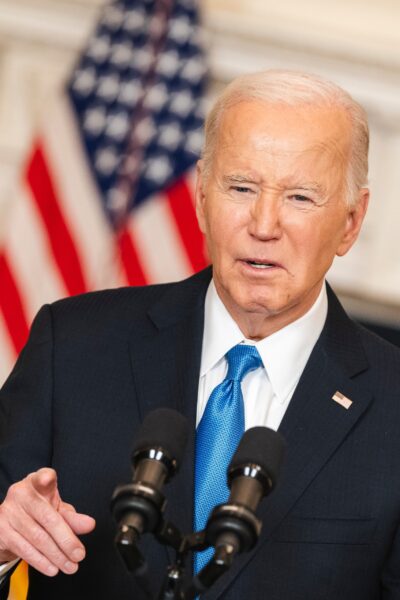
What are Swing States?
Each state in the USA plays an important role in presidential elections. Some of these are known as swing states, which is a term used to describe states with a history of fluctuating between voting for the Democratic and Republican parties in presidential elections. These states could reasonably be won by either party, unlike other states that reliably lean to a single party.
Swing states are sometimes also known as battleground states or purple states. The states that regularly vote for the Democratic party are called blue states, and those that regularly vote for the Republican party are called red states.
The swing states play such an important role in deciding presidential elections that they often receive the majority of campaign advertisements and candidate visits. Their importance is closely tied to the Electoral College system used to elect the President of the United States. We’ll take a closer look at this system in our section on U.S. presidential elections.
Swing States Map 2024
Below is a map of the United States that details seven of the most important swing states in the 2024 presidential election.

Some of the most critical swing states for the next presidential election will be Arizona, Georgia, Nevada, and Wisconsin. Other states that have the potential to play a major role in the election are Michigan, North Carolina, and Pennsylvania.
Read on to learn more about the histories, changing political landscapes, and importance of these seven swing states for 2024.
Arizona
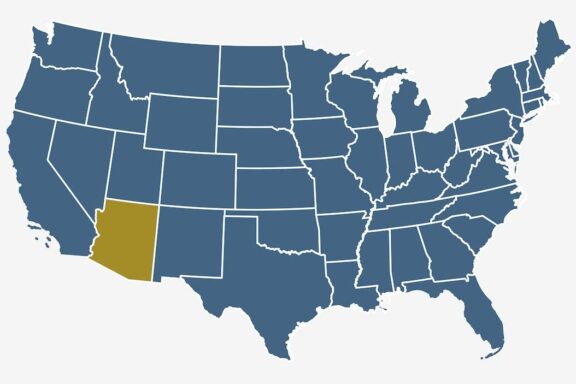
Arizona’s evolving political landscape has positioned it as a critical swing state in the 2024 presidential election, marking a significant shift from its historical alignment.
For decades, Arizona was considered a stronghold for the Republican Party, with a consistent track record of supporting Republican presidential candidates. However, the 2016 and 2020 elections highlighted a dramatic shift in the state’s political dynamics, reflecting broader demographic changes and evolving voter priorities.
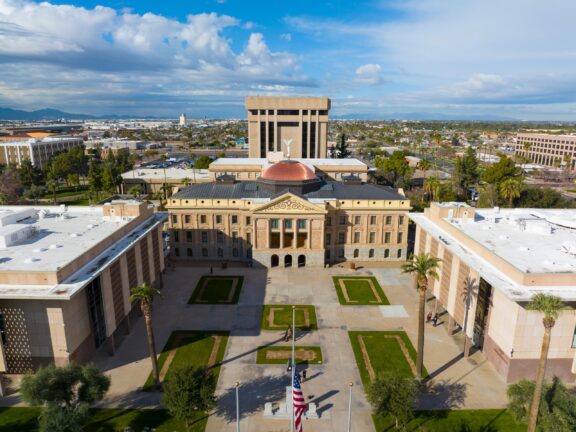
In the 2016 presidential election, Arizona was a closely watched battleground state, though it ultimately voted for the Republican candidate, Donald Trump, over the Democratic candidate, Hillary Clinton. Trump’s victory margin was notably narrower than in previous elections, signaling that Arizona was becoming more competitive.
The 2020 election underscored Arizona’s status as a swing state when it flipped blue for the first time since 1996, voting for the Democratic candidate, Joe Biden, over the incumbent, Donald Trump. Biden’s win in Arizona was a pivotal moment, underscoring the state’s changing demographics and political preferences.
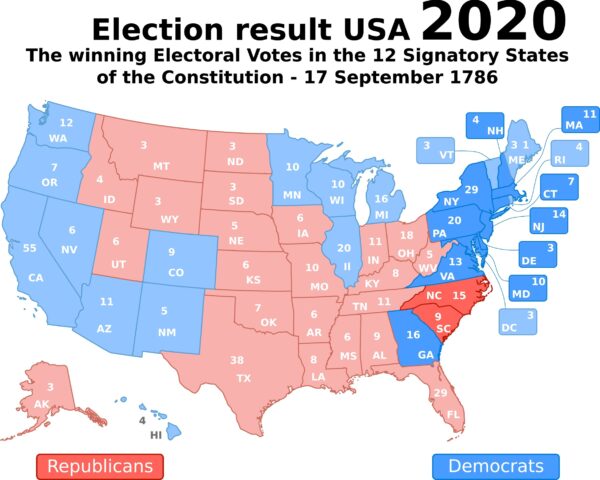
Looking ahead to the 2024 presidential election, Arizona’s role as a swing state is expected to be even more pronounced. Both parties recognize the state’s critical importance in the electoral calculus, with Democrats aiming to solidify their gains and Republicans seeking to reclaim lost ground.
The state’s growing population, particularly among Hispanic and younger voters, combined with its shifting suburban politics, make Arizona a key battleground. Political campaigns are likely to invest heavily in Arizona, with targeted messaging and outreach efforts aimed at appealing to its diverse electorate.
Georgia
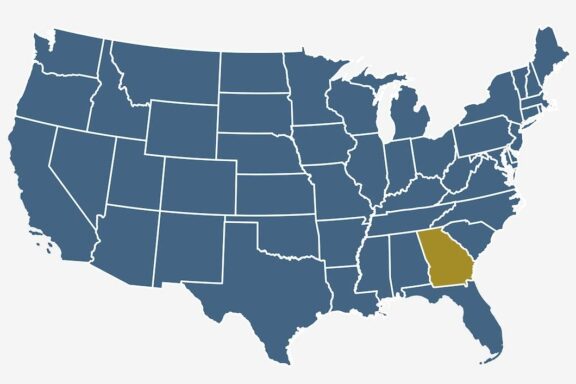
Georgia’s emergence as a pivotal swing state in recent presidential elections marks a significant transformation in its political identity, challenging long-standing assumptions about its partisan leanings.
Historically, Georgia was a stronghold for the Republican Party, with a consistent pattern of supporting Republican presidential candidates for several decades. However, the 2016 and 2020 elections have underscored a dramatic shift, positioning Georgia at the forefront of national attention for the 2024 presidential election.
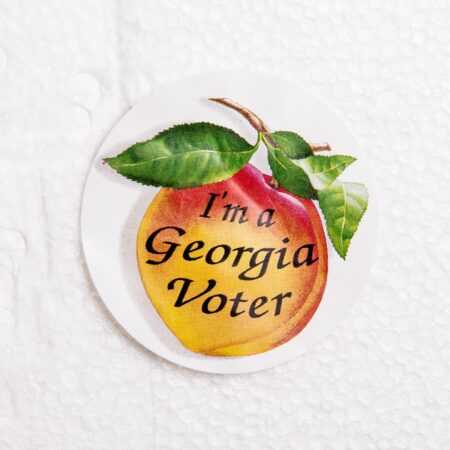
The 2020 election served as a watershed moment for Georgia’s role as a swing state. For the first time since 1992, Georgia voted for the Democratic presidential candidate, Joe Biden, over the incumbent Republican, Donald Trump.
Biden’s narrow victory was propelled by significant turnout among African American voters, an increase in young voter engagement, and changing attitudes in suburban areas, which have become increasingly diverse and more politically competitive. Additionally, high-profile voter registration and mobilization efforts, led by figures such as Stacey Abrams, played a crucial role in increasing voter participation.
Looking toward the 2024 presidential election, Georgia is anticipated to be a crucial battleground, with both the Democratic and Republican parties recognizing the state’s strategic importance.
The demographic trends that have contributed to Georgia’s shift toward battleground status — such as its growing Black, Hispanic, and Asian American populations, along with younger voters seeking economic opportunities in the state — are likely to continue influencing its political dynamics.
Moreover, the state’s suburban areas, particularly around Atlanta, will remain critical arenas for both parties, as they seek to mobilize supporters and sway undecided voters.
Michigan
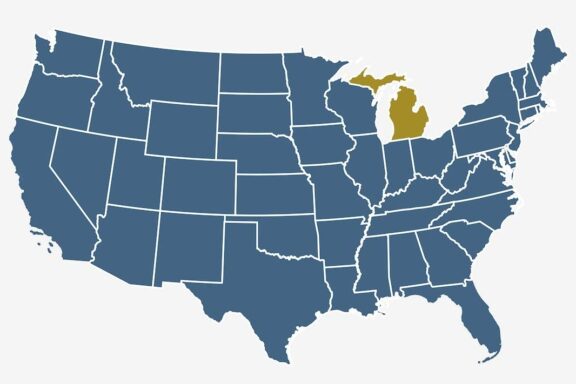
Michigan’s status as a critical swing state in the presidential election landscape underscores the volatility and significance of the Rust Belt region in American politics. Traditionally a stronghold of Democratic support, particularly due to its large unionized workforce and manufacturing base, Michigan’s political alignment has shown remarkable fluidity in recent years.

In the 2016 presidential election, Michigan emerged as a pivotal battleground state, delivering a narrow victory for the Republican candidate, Donald Trump, over the Democratic nominee, Hillary Clinton. Trump’s win, by a margin of just 0.3%, marked the first time Michigan had voted for a Republican presidential candidate since 1988, reflecting the state’s deep economic concerns and the appeal of Trump’s message to disaffected voters in post-industrial areas.
The 2020 election saw Michigan reclaim its status as a stronghold for the Democratic Party, with Joe Biden securing the state by a margin of 2.8% over the incumbent, Donald Trump. Biden’s victory was attributed to several factors, including increased voter turnout in urban and suburban areas, a strong performance among African American voters in cities like Detroit and Flint, and the regaining of ground in key regions that had shifted toward Trump in 2016.
Looking ahead to the 2024 presidential election, Michigan is poised to remain a key battleground state, with both parties vying for its 16 electoral votes. The state’s economic landscape, particularly its reliance on manufacturing and the automotive industry, along with its diverse electorate, including significant African American, Arab American, and working-class white populations, will continue to influence its political alignment.
The political parties are likely to focus significant resources on Michigan, recognizing that winning the state requires addressing the nuanced concerns of its electorate. Campaign strategies will likely include targeted messaging on economic revitalization, social justice, and healthcare, aiming to resonate with Michigan’s diverse voter base.
Nevada
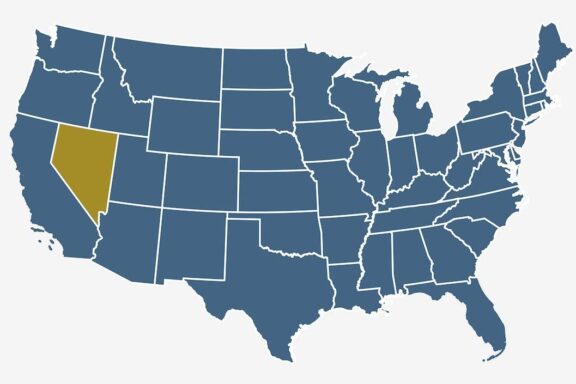
Nevada has a unique political landscape, marked by rapid demographic changes and economic diversification. Historically leaning Democratic in recent elections, Nevada’s competitive nature was highlighted in both the 2016 and 2020 presidential races.
In 2016, Nevada narrowly favored the Democratic candidate, Hillary Clinton, showcasing its battleground status amid a polarized national climate. The state’s economy, heavily reliant on tourism and gaming industries, along with a significant Hispanic population, influences its political leanings.
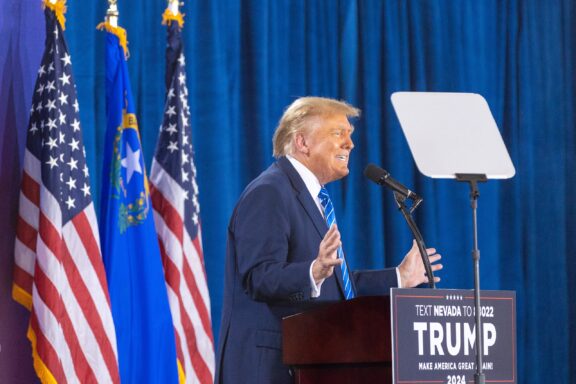
The 2020 election further cemented Nevada’s swing state status, with Joe Biden securing a narrow victory over Donald Trump. This outcome reflected the state’s diverse electorate, including urban areas like Las Vegas, which tend to vote Democratic, balanced against more conservative rural regions. The election underscored the importance of issues such as healthcare, immigration, and economic recovery from the COVID-19 pandemic.
As the 2024 presidential election approaches, Nevada remains a key target for both parties. The state’s evolving demographics, including a growing Hispanic population and an influx of residents from more liberal states, contribute to its unpredictable electoral outcomes. However, economic concerns, particularly those affecting the tourism and service sectors, remain pivotal.
Campaigns are likely to focus on Nevada’s economic recovery, healthcare, and education to sway its diverse electorate.
North Carolina
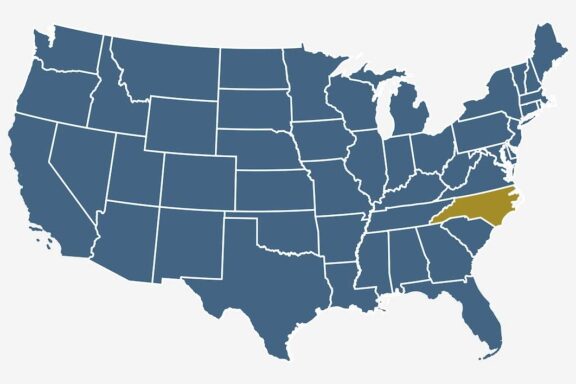
The growth of North Carolina’s most urban counties, changing demographics, and economic diversity have all contributed to North Carolina’s status as a swing state in recent U.S. presidential elections.
In the 2016 presidential election, North Carolina leaned Republican, with Donald Trump securing a victory over Hillary Clinton. This outcome highlighted the state’s conservative base, particularly in rural areas and smaller towns, which played a significant role in the election results.

The Republican Party won the state again in the 2020 election, albeit by a narrow margin. This close result highlighted North Carolina’s status as a battleground state, with significant voter engagement in urban and suburban areas, such as Charlotte and the Research Triangle, showing more Democratic tendencies, balanced against the more conservative rural regions. Key issues for North Carolina voters included healthcare, the economy, and responses to the COVID-19 pandemic.
Looking ahead to the 2024 presidential election, North Carolina is expected to be highly competitive once again. The state’s demographics are continuously evolving, with a growing population in urban and suburban areas and an increasing diversity, including a rising Hispanic population and an influx of residents from other states.
These changes suggest that both parties will need to address a broad spectrum of issues, from economic development and job creation to education and healthcare, to appeal to North Carolina’s electorate.
Campaign efforts in North Carolina are likely to be intense, with targeted outreach to diverse voter groups, including young voters, minority communities, and the suburban electorate, all of which could sway the state’s electoral outcome.
Pennsylvania
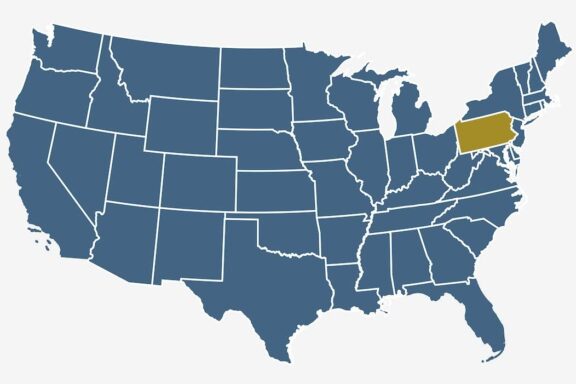
Pennsylvania’s significance as a swing state in U.S. presidential elections is highlighted by its diverse electorate and economic landscape, bridging the Rust Belt’s industrial legacy with burgeoning tech and service sectors. The state’s political pendulum swung notably in the 2016 and 2020 elections, underlining its crucial role in the electoral map.
In 2016, Pennsylvania broke a decades-long pattern of voting Democratic in presidential elections, narrowly electing Donald Trump over Hillary Clinton. This shift was largely attributed to economic grievances in the Rust Belt regions, coupled with Trump’s appeal to working-class voters disillusioned by the loss of manufacturing jobs.
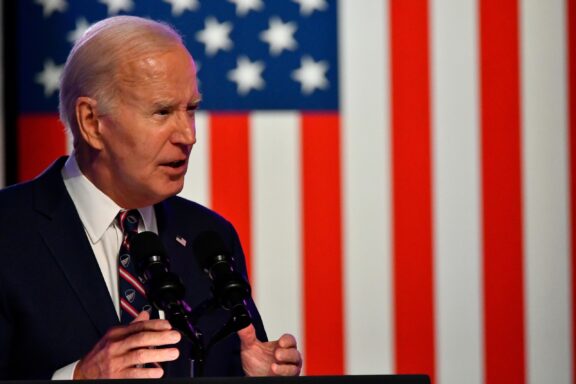
The 2020 election saw a reversal, with Joe Biden reclaiming Pennsylvania for the Democrats by a slim margin. Biden’s victory was buoyed by strong turnout in urban areas like Philadelphia and Pittsburgh, alongside modest gains in suburban counties, reflecting a coalition of diverse voter groups concerned with issues such as healthcare, the economy, and pandemic response.
As the 2024 presidential election looms, Pennsylvania is poised to remain a battleground. The state’s evolving demographics, with an aging population and growing diversity in urban centers, alongside economic transitions, will shape the electoral landscape. Both parties are expected to heavily target Pennsylvania, focusing on economic recovery, job creation, and social issues to resonate with its wide-ranging electorate.
Pennsylvania’s role in the 2024 election will be pivotal, as its mix of urban, suburban, and rural voters makes it a microcosm of the national political climate.
Wisconsin
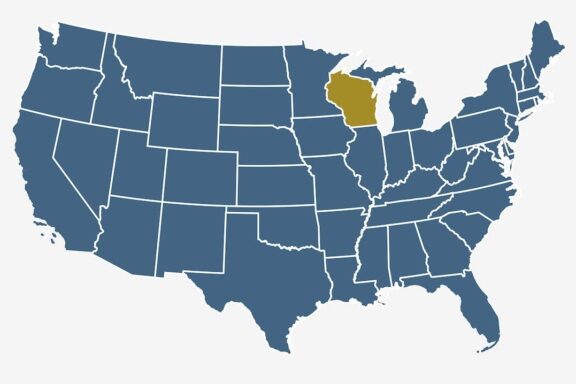
Wisconsin’s role as a pivotal swing state in U.S. presidential elections reflects its closely divided electorate and the significant impact of its political shifts on the national stage. The state has swung between Democratic and Republican preferences in recent elections, making it a critical battleground for presidential candidates.
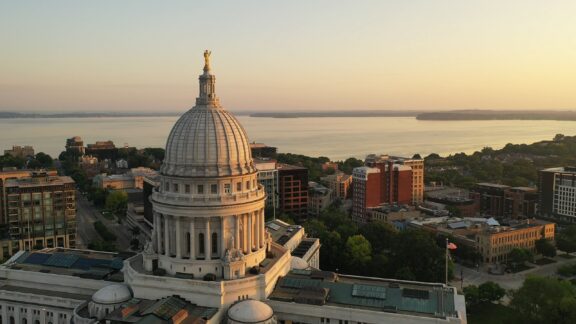
The 2016 election marked a turning point for Wisconsin, which had consistently voted for Democratic presidential candidates since 1988. Donald Trump narrowly won the state over Hillary Clinton, highlighting the appeal of his message to voters concerned about manufacturing job losses and economic stagnation in key regions.
In 2020, Wisconsin returned to the Democratic column, with Joe Biden securing a narrow victory. Biden’s win was facilitated by strong performances in urban areas like Milwaukee and Madison, coupled with improved margins in suburban counties. The state’s voters were influenced by a variety of issues, including the response to the COVID-19 pandemic, healthcare, and economic recovery efforts.
Looking ahead to the 2024 presidential election, Wisconsin is anticipated to be highly competitive once again. The state’s electorate is characterized by a mix of urban, suburban, and rural voters, with economic issues, particularly those affecting the manufacturing and agricultural sectors, playing a significant role in shaping political preferences.
How do presidential elections work in the United States?
Presidential elections in the United States are held every four years, on the first Tuesday after the first Monday in November. The process is unique and involves several steps, culminating in the Electoral College system, which ultimately determines the winner of the presidency.
The Electoral College
Below is a map showing how many electoral votes will be allocated to each state in the 2024 presidential election.
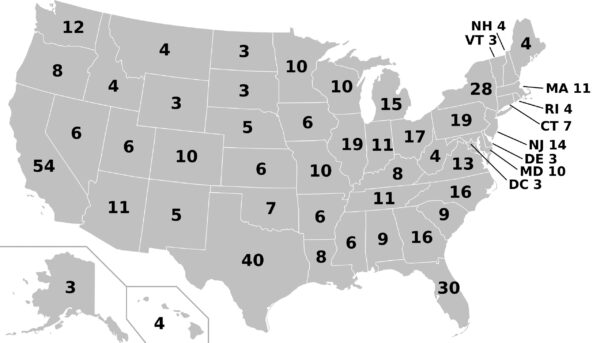
The Electoral College is a body of electors established by the United States Constitution, formed every four years for the sole purpose of electing the president and vice president.
Each state is allocated a number of electors equal to its total number of representatives in Congress: its number of Senators (always two) plus its number of Representatives, which is based on the state’s population. The District of Columbia is also allocated three electors, ensuring its residents can participate in presidential elections despite not having representation in Congress.
Presidential candidates campaign across the country to win the popular vote in each state. In all but two states (Maine and Nebraska, which use a proportional system), the candidate who wins the majority of the popular vote in a state wins all of that state’s electoral votes — a system known as “winner-takes-all.” The goal for each candidate is to accumulate a majority of the electoral votes, at least 270 out of 538, to win the presidency.
The History of the Electoral College
The Electoral College was established in the U.S. Constitution as a compromise between the election of the president by a vote in Congress and the election by a popular vote of qualified citizens.
The system was designed to balance the power between larger and smaller states, maintain a degree of independence from Congress, and mitigate concerns over the direct election of the president by a potentially uninformed populace.
Over time, the Electoral College has been the subject of debate and controversy, especially in instances where a candidate wins the popular vote but loses the Electoral College and, consequently, the presidency. This has occurred five times in American history: in 1824, 1876, 1888, 2000, and 2016.
Critics argue that using the Electoral College system can result in a president who does not have the support of a majority of voters, while proponents claim it protects the interests of smaller states and ensures a distribution of political power across the country.
Despite its controversies, the Electoral College has been a lasting feature of U.S. presidential elections, reflecting the country’s commitment to a federalist system of government and the balance between the will of the electorate and the interests of the states.
Image Sources and Copyright Information
- Donald Trump Speaking at Podium with CPAC Logo: © Jonah Elkowitz/Shutterstock
- Joe Biden in Suit Speaking at Podium with American Flag in Background: © Jonah Elkowitz/Shutterstock
- Swing states 2024 map: © Mappr
- Aerial View of the Arizona State Capitol Complex: © Wangkun Jia/Shutterstock
- “I’m a Georgia Voter” Peach-Shaped Sticker: © Darryl Brooks/Shutterstock
- Political Rally with Supporters Holding Campaign Signs: © Maxim Elramsisy/Shutterstock
- Politician Speaking at a Podium with American Flags in the Background: © Maxim Elramsisy/Shutterstock
- Political Campaign Signs Lining a Street Corner in Selma, North Carolina: © Wileydoc/Shutterstock
- Politician Delivering a Speech in Front of American Flags: © OogImages/Shutterstock
- Aerial View of Wisconsin State Capitol Building at Sunset in Madison: © Lena Platonova/Shutterstock